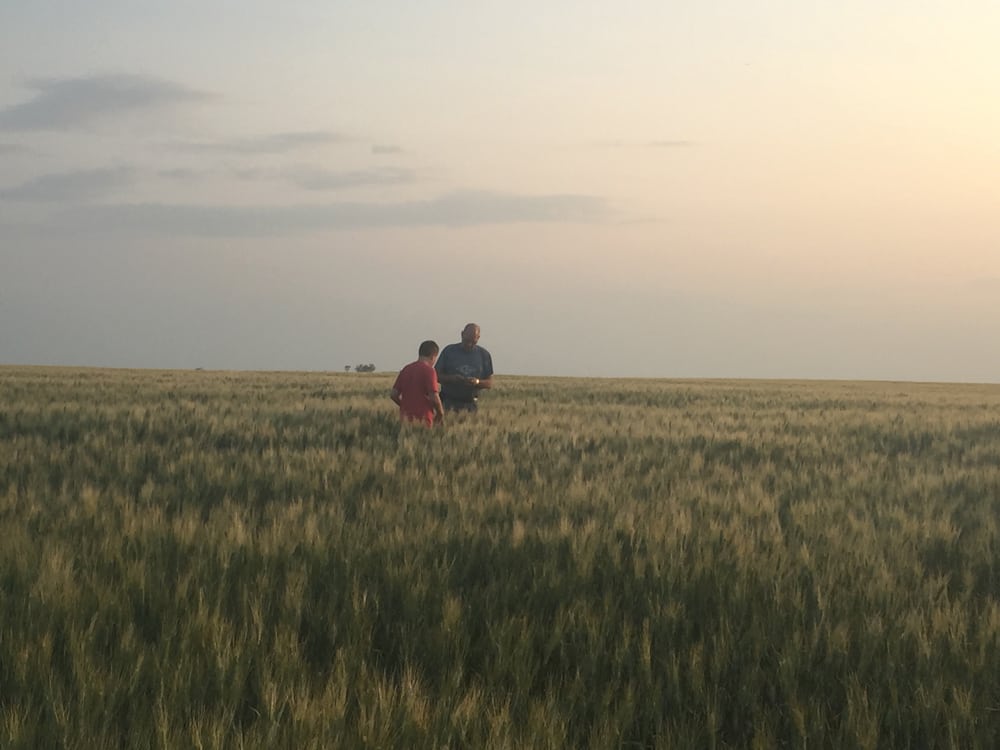We expect to be off to an early racing start with our 2018 harvest, but you’ll have to wait for the next issue of Grainews to see photos and read about our early results. For now, a quick report on my summer vacation.
Clubroot workshop
In early August, I went to Edmonton for the 2018 International Clubroot Workshop. Top researchers were there from all over the world. They had lots of results from experiments, ideas about new varieties, and suggestions for measuring the amount of clubroot pathogens in the soil (the spore load). But what they didn’t have was a silver bullet to control clubroot. In fact, they had a lot of charts and graphs that showed that, once you get clubroot, you can lower the amount of spores in your soil, but you’re going to have some minimum level of clubroot-causing pathogens in your field for a very, very long time.
Read Also

Editor’s Rant: Resistance is not futile
A recounting of errors from the September 2025 print editions of Grainews, details of which are painful to the editor.
It wasn’t all glum. There was some talk about using lime (to increase your pH, which can lower the pathogen spore load in your soil), and using fumigation to kill the pathogen (deemed to be too expensive for a whole field, but perhaps a good tool for a small hotspot, like the entrance to a field).
The three most reliable ways to keep clubroot manageable in your fields are using resistant seed, rotating crops so that there is at least a two-year break between canola crops and sanitizing equipment that may be contaminated before it gets into your field.
But you already knew that, didn’t you?
Conference speaker Dr. Sheau-Fang Hwang, from Alberta Agriculture and Forestry has been studying farmers’ rotations. Her concern is that, if we plant clubroot-resistant canola with short rotations, the pathogens will overcome the resistance in the seed, and, as she said, “we lose the effect of the resistance.” She’s been happy to find out that most Alberta growers follow a healthy rotation. But, she said, 10 to 15 per cent do not.
Now, I’m sure those 10 to 15 per cent of readers who are not leaving two to three years between canola plants are not Grainews readers. I’m sure all of you are very careful with your rotations.
But what about equipment sanitization? Do you make sure power company employees come to inspect poles in your fields without taking precautions? What if they’ve just visited an infested area? What about contractors mowing an oilfield road through your field? Do you find out exactly where that mower’s been?
This is the time
If you don’t already have clubroot in your fields, you’re probably going to get it.
Dr. Stephen E. Strelkov, University of Alberta researcher, says the disease has already “spread more rapidly than we expected, for a soil-borne disease.” New findings in North Dakota and Manitoba only bring that message home.
Once you have it, you’re going to need to be careful to keep the spore load down in your field, careful not to spread it around your neighbourhood. And of course, you’re going to have to watch your canola rotations.
The day I came home from Edmonton, the Western Producer reported that Saskatchewan Agriculture will now require farmers with clubroot to work out a clubroot management plan with an agronomist.
Why not make that plan on your own? Before you have a positive test?
Bruce Gossen, an Agriculture and Agri-Food Canada research scientist, was also a keynote Clubroot Workshop speaker. He pointed out that, in areas where clubroot is not yet established, “we’re looking at a window of opportunity.” Here’s an example. If you find a patch of clubroot near a field entrance, pull those plants and destroy them. Plant that small patch to grass, and make yourself a new field entrance. Don’t spread those spores throughout that field, and around the rest of your farm.
All of this sounds like a lot of work and planning. Your agronomist might be a little irritated when you tell her she has to clean up her quad before she takes it into your field. Would anyone notice if you planted canola after only a one-year break? If you’re not sure if it’s worth your time to take clubroot precautions before you actually have the disease, phone a farmer friend from the Edmonton area where they’ve been dealing with severe clubroot infestations for years. I’m sure you already know what that friend will say.















